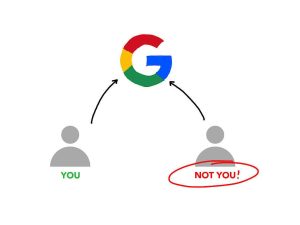No-code and low-code apps are thought of as IT-free ways for users to get apps to market quickly. Are they?

Why wouldn’t companies want to adopt pre-coded software modules that can perform the basic programming functions that are required in most software? With such applications, all a non-programming user has to do is to point and click on the various functions they need to create an application.
This ability to used prefabricated software components to build an app does two things: It gets applications to market sooner for end users who have long been frustrated by IT’s inability to develop applications fast enough, and it has the potential to lessen IT’s workload so that other areas of digitalization, systems, networks and security can be focused on by IT.
SEE: Hiring kit: Back-end Developer (TechRepublic Premium)
However, adopting no-code and low-code application development have its challenges as well. Not every no-code and low-code solution can address all IT issues. Sometimes you have to use several different no-code and low-code packages to accomplish different application functions, and each one of these packages has a learning curve.
Secondly, not every no-code and low-code application generator can do all things IT. There are levels of software integration and programming that no-code and low-code tools can’t address.
The bottom line is IT support is still needed, even if end user citizen developers gain fluency with no-code and low-code application generators.
No-code IT support
Users can build applications on their own without knowing a stitch of code if they use a no-code application generator.
The complication comes when users want to enhance their applications.
Here’s how IT can help: By getting engaged upfront with user citizen developers before they start developing their no-code code apps. In this way, IT has visibility of where the applications are likely to evolve with enhancements. It can help users develop a large enough application framework at the onset that can easily accommodate the types of enhancements that users are likely to envision.
In other cases, application enhancements may not all be able to be developed with a no-code tool. IT may need to do some custom development. This custom work goes better if the need for it is known upfront.
Low-code IT support
Low-code applications are exactly that: Low code. In other words, some custom code will likely be needed above and beyond the code-free work that users do.
This custom code usually comes in the form of integration code that must be developed by IT to interface a low-code application with other systems, or it might involve a custom-developed software routine that is highly complex and can’t be developed with a low-code tool.
In these situations, it’s helpful for IT to get together with end users in an initial application requirements definition so that a plan can be devised that illustrates which portions of an app or system that the user will develop and which additional functions IT will develop.
Conclusion
Being able to “abstract” application development so you don’t have to know native code will be a major driver of IT’s future and a significant step forward for end user citizen developers.
However, as organizations move to no-code and low-code application development, it is also important that IT creates a support strategy that can augment no-code and low-code application development by end users.
This will enable user citizen developers and IT to develop more robust applications faster.
Source of Article



